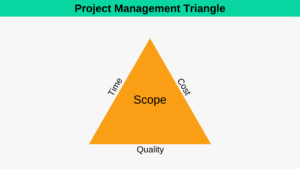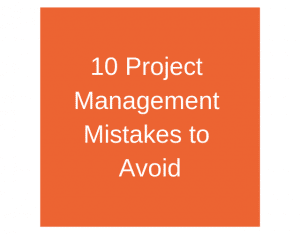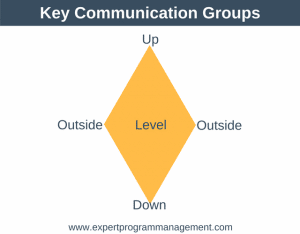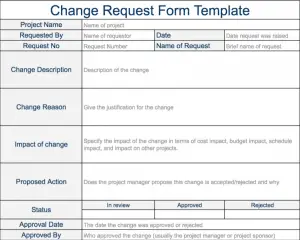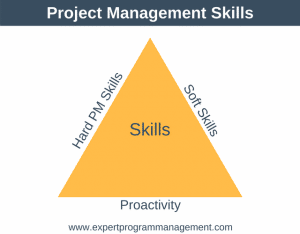Projects can vary in size but will often pull together people from different backgrounds, different functional parts of an organization, and even different parts of the world under the guise of a project team. Bringing this diverse group together and getting them focussed and energised on the task ahead is the purpose of the Project Kick Off. In essence, the project kick off is your opportunity to get the project off to a good start.
At the end of a good project kick off meeting, everyone present should understand the background to and reasons for the project, they should understand the objectives of the project, understand the role they will play, the deliverables, the timescales, along with any important risks and issues which are currently known.
Face to face kick off meetings are best, but if that is not possible, then be sure to use a conferencing system that allows everyone in the group to see in real time the materials you are reviewing. Now that you understand the aim of a project kickoff meeting, let’s look at what topics should be covered in the meeting (the agenda). Aim to keep the meeting as short as possible (definitely under one day, preferably under 4 hours), so as the meeting feels fast paced and energized, but the team still learn everything they need.
1. Introduction
Obviously you’ll want to introduce yourself, thank everyone for coming, get everyone to introduce themselves, and walk through the agenda for the meeting, but you should also use this part of the agenda to provide the background to the project, including why the project is needed, and the benefits to be enjoyed by the organization upon successful completion of the project.
2. Objectives and Deliverables
In this part of the meeting you walk the team through the specific objectives of the project. Make sure to give time to highlighting the Key Performance Indicators (KPIs) of the project. Show the deliverables which need to be produced in order to meet the objectives of the project (you may find it useful to show a Work Breakdown Structure (WBS) at this point).
3. Assumptions and Constraints
To provide yet more context to the team who will be working on the project, highlight any project assumptions which have been made to assist planning along with any constraints on the project.
4. Team
This might seem unnecessary but it is important to review the team members and their roles and responsibilities, by asking each team member in the room to describe their role and responsibility. The team members themselves probably already knows what their responsibility is (given they are in the room), but other team members present may not, and so this provides the opportunity for everyone understand the role of their peers. If there are any overlaps between people, responsibility gaps, or even just a lack of clarity, take the time to solve these now if possible.
5. Plans
In this portion of the kick off meeting you should review the project plan at a high level. At this early stage of the project the plan will be subject to much change. That’s fine. This might be the first time you’ve had the entire team in the room together and so going through the high-level plan provides yet more context to the team and lets them know what is expected of them. Now that you have the team together you can even assign actions to individuals to bottom out particular sections of the plan.
Although the overall project plan will be at a high-level, the tasks which need to be done over the next 1-2 weeks should be reviewed in detail so that everyone is clear on the immediate steps to be taken.
6. Reporting
Use this section of the project kick off to walk through the mechanics of how the project will run from day to day. You want to team to be aware exactly what the rhythm of the project will be. You should cover what reports are due when and to whom, the risk and issue management processes, along with the escalation process, both to you as the project manager and to your steering group.
7. Risks and Issues
In the last section you covered the process for managing risks and issues, but in this section you will go through the major risks and issues that you are aware of today, including what actions and/or mitigations are being taken to address them.
8. Key Performance Indicators
You should have already covered what the KPIs are for the project – those targets which if achieved will mean the project was a success, but it is good to reiterate these to conclude the meeting so that they are not lost amongst all the other information which was presented. Depending on the particular circumstances of your meeting/project it can be a good idea to now hold a Q & A session.
During the meeting people will hopefully have been asking questions all the way through or querying statements that have been made. This is to be encouraged, but don’t get bogged down in debate, or the meeting will not fulfil it’s objective of energizing the team to start the project. Instead, give out actions to yourself or members of the team to answer the questions raised and move on through the agenda. All the actions issued throughout the meeting should be reviewed at the end of the meeting.
Summary
As you will no doubt gather if you have read this far, that is a lot of ground to cover in just one meeting. Although we’ve been discussing a project kick off meeting above, the same agenda could equally apply if you are a program manager trying to hold a program kick off meeting. You can of course change the agenda of the project kick off to suit the needs of your particular project, but the main thing to keep in mind is that the project kick off should get everyone on the same page and energized about the project. This is invaluable in getting the project off to a great start!
